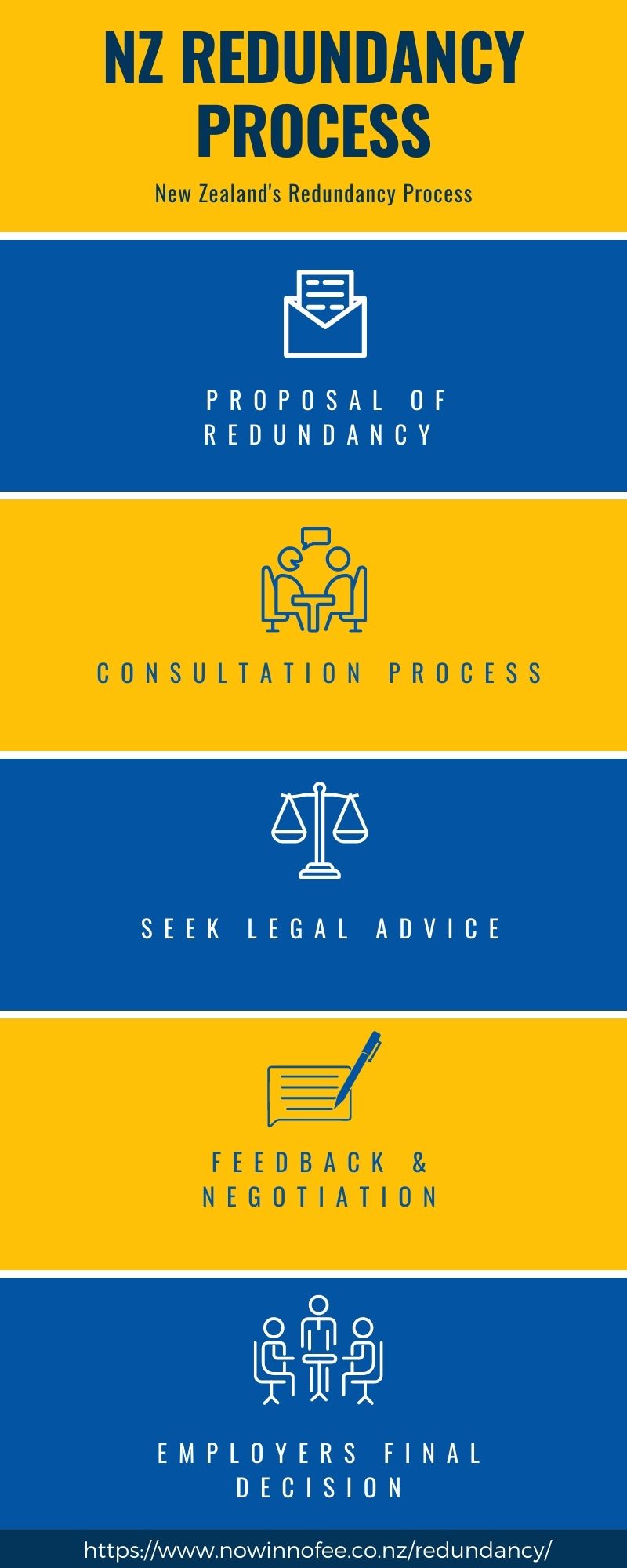Small Business Closing Employee Rights UK: What You Need to Learn About Redundancy
Small Business Closing Employee Rights UK: What You Need to Learn About Redundancy
Blog Article
Discovering the Operational Characteristics of Business Redundancy and Its Long-Term Sustainability

Redundancy Techniques for Business Connection
In order to make sure continuous procedures, companies have to apply efficient redundancy approaches for company connection. Redundancy in this context refers to the duplication of essential components or features within a system to alleviate the influence of possible failures. By incorporating redundancy approaches, organizations can improve their durability versus disturbances triggered by numerous variables such as all-natural disasters, devices failures, or cyber-attacks.
One common redundancy technique is the application of backup systems and information storage space solutions. This includes producing duplicates of necessary information and systems that can be triggered in situation of a main system failing. Furthermore, organizations can establish redundant communication channels and source of power to preserve connectivity and operations throughout unanticipated occasions.
Additionally, cross-training employees to perform numerous roles within the firm can work as a beneficial redundancy strategy. If essential personnel are inaccessible due to ailment or various other reasons, this guarantees that important tasks can still be brought out even. Overall, reliable redundancy methods are essential for organizations to maintain operational continuity and reduce the influence of prospective interruptions.
Impact of Redundancy on Business Durability
Offered the important duty redundancy techniques play in making certain organization continuity, checking out the influence of redundancy on organizational resilience becomes vital for recognizing the all natural operational dynamics of a business. Redundancy, when purposefully implemented, can substantially add to enhancing an organization's resilience in the face of unforeseen challenges.
Furthermore, redundancy can cultivate innovation and creativity within a company as workers feel empowered to take computed threats, understanding that there is a safety web to sustain them in instance of failure. Generally, the effect of redundancy on business strength is extensive, forming the lasting sustainability and success of a company.
Balancing Efficiency and Adaptability in Redundancy
Accomplishing an unified equilibrium in between operational performance and adaptive adaptability is a crucial difficulty in the tactical release of redundancy within organizations. Reliable procedures are necessary for preserving performance and cost-effectiveness, making certain that resources are made use of optimally. Nonetheless, excessive focus on efficiency alone can cause rigidity, making it hard for companies to adapt to unforeseen modifications or obstacles. On the other hand, versatility permits organizations to react nimbly to evolving conditions, cultivating development and strength. Yet, way too much flexibility without a solid functional foundation can result in ineffectiveness and inconsistency.
To balance efficiency and adaptability in redundancy planning, companies should thoroughly evaluate their functional requirements, market characteristics, and critical goals. Eventually, finding the appropriate balance in between performance and versatility is crucial for building a resilient and lasting organization in the face of unpredictability.
Long-Term Sustainability Through Redundancy Preparation
To make sure enduring stability and stability, companies must strategically align their redundancy preparation with long-lasting sustainability goals, therefore harmonizing functional efficiency with adaptive adaptability. Long-lasting sustainability via redundancy planning includes greater than just temporary cost-cutting measures. It needs an extensive see this page calculated method that prepares for future challenges and chances. Firms should watch redundancy not as a responsive service to prompt troubles yet as a proactive method for lasting success. By incorporating redundancy planning with sustainability goals, companies can produce a resilient structure that can withstand different market changes and interior adjustments.

Aggressive Measures for Sustainable Firm Operations
Exactly how can firms proactively enhance their operational sustainability for lasting success? Implementing aggressive measures is necessary for firms aiming to ensure sustainable operations. One essential technique is to purchase modern technology and development to streamline processes, lower waste, and remain affordable on the market. Taking on lasting techniques such as lowering power intake, reducing carbon impact, and optimizing resource utilization can not only profit the environment but also lead to cost financial savings in the long run.
In addition, promoting a culture of constant enhancement and knowing within the organization can boost versatility to altering market conditions and customer demands. Encouraging staff member involvement in decision-making processes and providing possibilities for expert development can increase spirits, performance, and total performance. Developing clear objectives, monitoring essential efficiency indicators, and on a regular basis assessing development are vital elements of proactive sustainability monitoring.
Collaborating with distributors, clients, and other stakeholders to advertise lasting methods throughout the supply chain can produce a causal sequence of positive influence - redundancy pay if company goes bust. By taking positive actions in the direction of operational sustainability, firms can build durability, drive development, and secure their long-lasting success in an ever-evolving service landscape
Verdict

In the realm of organizational Visit This Link monitoring, the calculated deployment of firm redundancy stands as an essential yet elaborate practice that necessitates a fragile balance in between operational performance and long-lasting stability. By exploring the functional dynamics that underpin business redundancy and evaluating its more comprehensive implications for business resilience and versatility, a nuanced understanding of just how redundancy strategies can form anchor the future trajectory of a company begins to unravel.Offered the important function redundancy methods play in making certain service continuity, checking out the effect of redundancy on organizational durability ends up being vital for recognizing the holistic operational dynamics of a firm. In general, the effect of redundancy on business strength is extensive, shaping the long-term sustainability and success of a business.
In verdict, recognizing the operational characteristics of company redundancy is important for making certain lasting sustainability.
Report this page